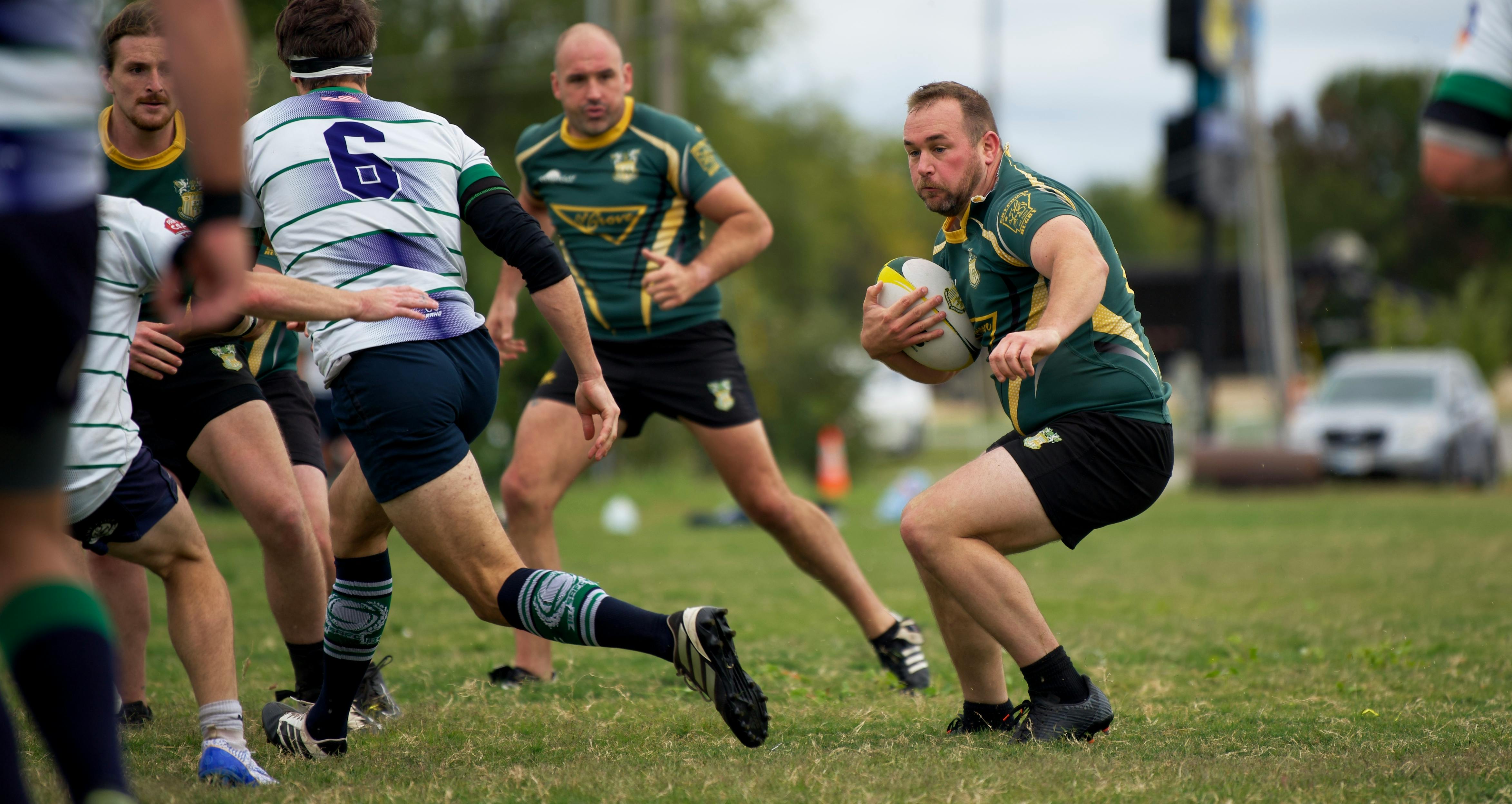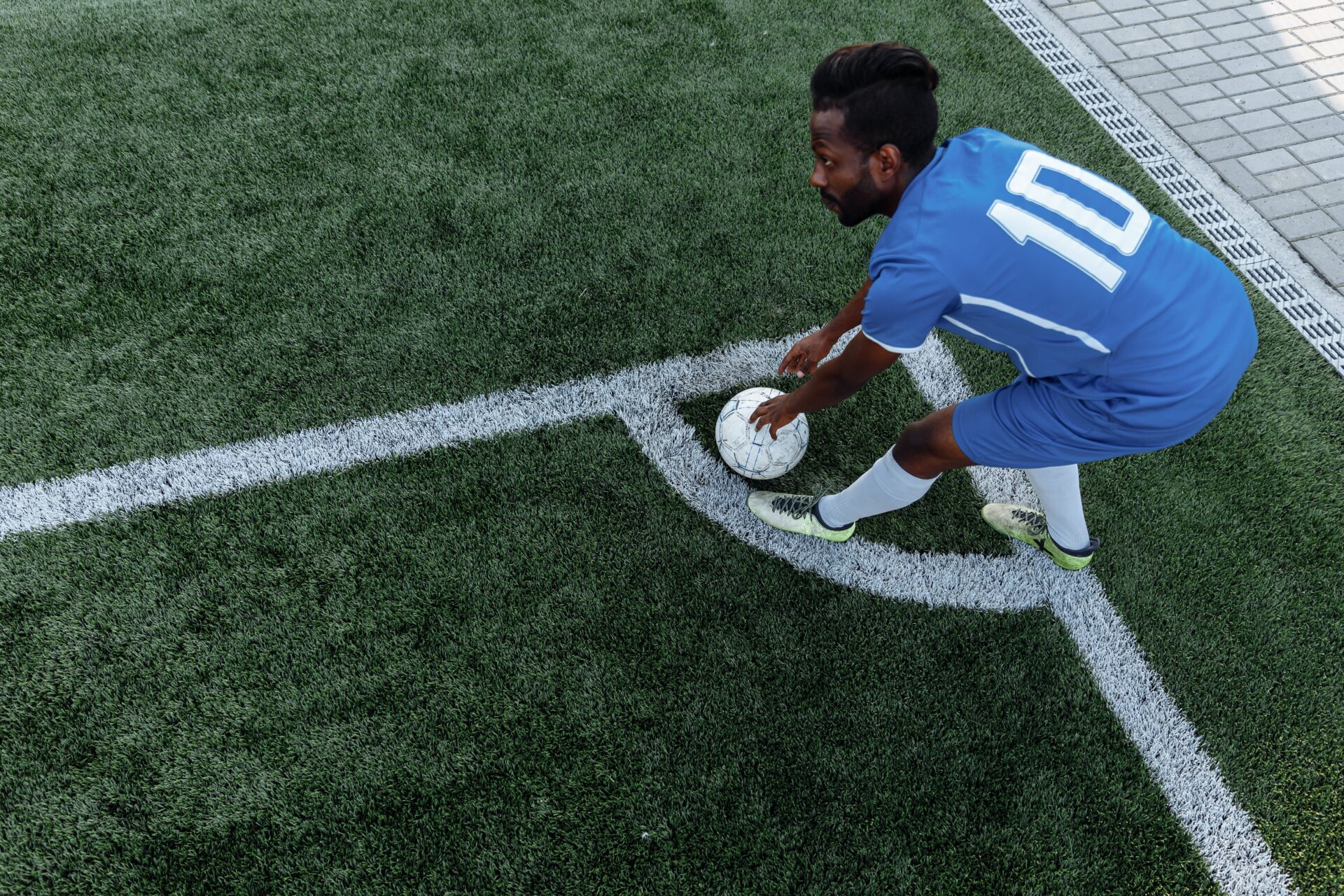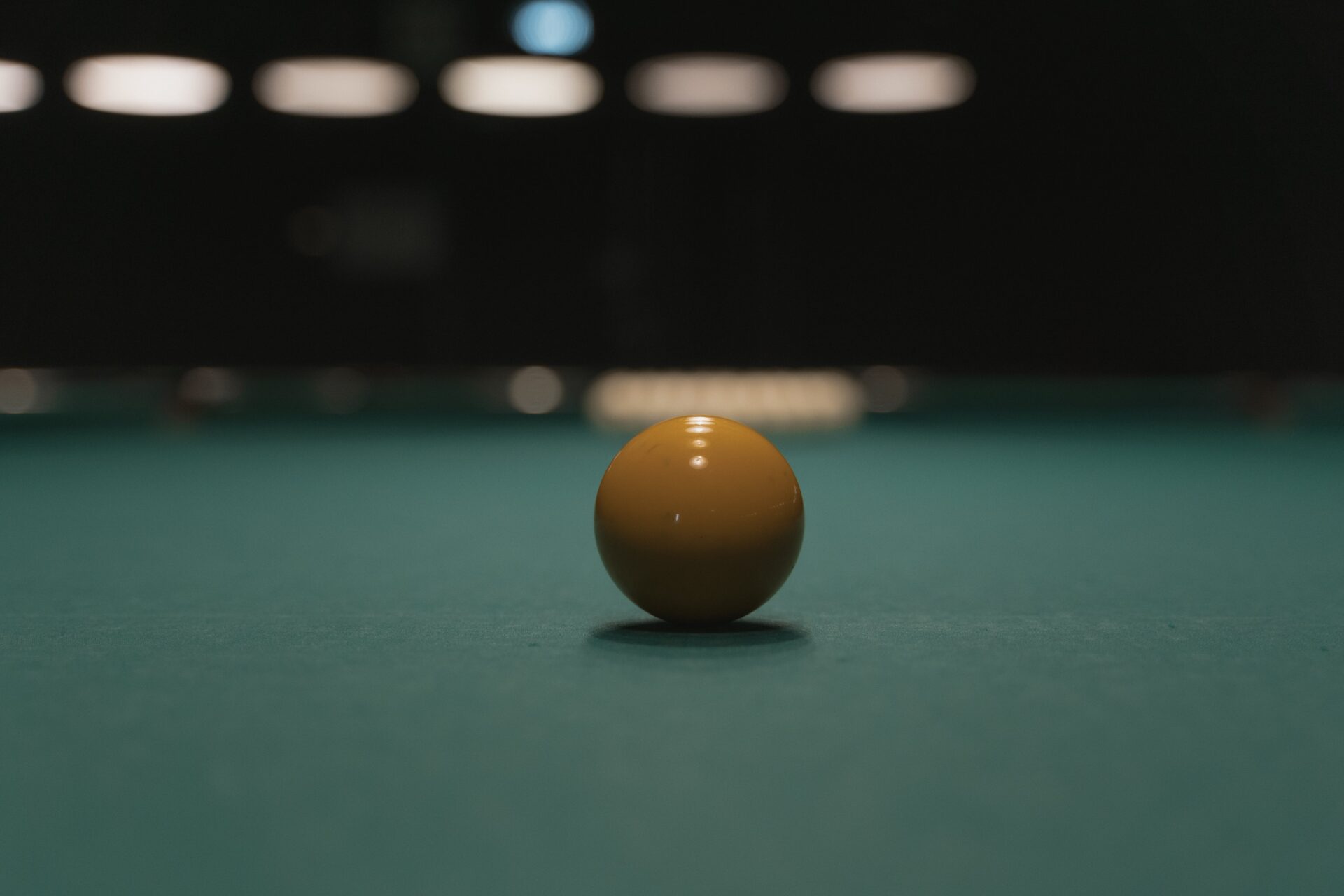Ten-ball is a billiard game that is often played on a standard pool table. It is a rotation game, meaning each player takes turns shooting at the balls on the table. The goal of ten-ball is to pocket the 10 ball legally before your opponent does. In order to do this, you must first pocket the lowest numbered ball on the table in order to establish an open shot on the 10 ball. Once you have made an open shot, you must then pocket the 10 ball before your opponent does in order to win. This game requires skill and strategy in order to be successful.Setting up 10 Ball is easy and straightforward. Here are the steps:
1. Place the 10 Ball on the foot spot (the point at the center of the head string).
2. Rack the remaining 9 balls in a diamond shape, with the 1 ball at the top of the diamond, 2 ball to its right, 3 ball to its left, and so on until 9 ball is at the bottom of the diamond.
3. Make sure that all balls are frozen (touching) and that there is no gap between them.
4. Place a cue ball in position for your break shot by placing it behind the head string.
5. Take your break shot and start playing!
Rules of 10 Ball
10-Ball is a rotation game that follows the same basic rules as 9-Ball and 8-Ball. The game is played with ten object balls numbered 1 through 10, and a cue ball. The player must make a legal break shot which means the cue ball must first contact the lowest numbered ball on the table and at least four balls must be pocketed off the break.
The player who pockets a legally pocketed ball during their inning, continues to shoot until they miss, foul or win the game. If they miss or foul, their inning ends and it becomes the next players turn.
The object of 10-Ball is to legally pocket the 10-ball on any shot other than a break shot. If a player legally pockets any other ball on their inning other than a break shot, they will remain at the table until they legally pocket the 10-ball or commit an illegal act such as pocketing it in an uncalled pocket or scratching.
If at anytime during play all ten balls are legally pocketed in numerical order, then that player wins immediately regardless of whose turn it is. If after all ten balls are legally pocketed and no one has won yet, then that player (or team) who pocketed all ten balls will continue shooting until someone wins by either legally pocketing the ten ball or committing a foul stroke or scratch.
A player may call any shot which means they can call what object ball they are shooting for and what pocket they are shooting into before each shot. A called shot can only be changed if the shooter has not taken their stance for that particular shot yet when they decide to change it. Otherwise if they have taken their stance then it cannot be changed under any circumstances.
Fouls will result in loss of turn including but not limited to: scratch, jumping an object ball off of the table, hitting an illegally designated object ball first with your cue stick (according to your called shot) etc.. Should this happen then it will become your opponents turn immediately after you commit this foul stroke or scratch regardless if you made any balls on that particular stroke or not.
The winner (or winning team) is determined when one person (or team) legally pockets the 10-ball on any inning other than a break shot or if all ten balls are legally pocketed before anyone has won in numerical order (regardless of whose turn it is).
Object of the Game
The objective of the game is to score the most points by correctly answering questions. The game consists of a series of multiple-choice questions, each worth a certain number of points. Players take turns answering questions and earning points for correct answers. The player with the most points at the end of the game is declared the winner.
Players can also gain bonus points by completing challenges or completing certain objectives within the game. These bonus points can be used to purchase items, unlock new levels, or gain access to special features within the game. Additionally, players may be able to use their bonus points to win prizes or other rewards.
Players must also be mindful of their time limit as they progress through the game. If they do not answer a question correctly before time runs out, they will lose a certain amount of points. Additionally, if a player fails to complete an objective or challenge before time runs out, they will receive no bonus points for that round.
The game is designed to test players’ knowledge and problem solving skills as well as their ability to think quickly and remain alert throughout play. As such, it is an exciting and engaging way for both children and adults to have fun while learning new things in a challenging environment.
Understanding the Scoring System
The scoring system is a great way to measure the performance of a student or an athlete. It is used to compare the achievements of different individuals and groups. Understanding how the scoring system works can help determine how well someone is performing. The scoring system consists of several components, including points, rankings, awards, and rewards.
Points are awarded for each task or activity that is completed. The amount of points earned depends on the difficulty level of the task or activity. Higher difficulty activities generally yield higher points. Points are used to determine rankings and awards.
Rankings are based on the total number of points earned by an individual or team during a specific period of time. Rankings can be used to compare how one individual or team performed compared to another individual or team during that same period of time. Rankings can also be used to award rewards such as medals, trophies, and other recognition items.
Awards are given out based on an individual’s or team’s overall performance within a specific category or across multiple categories. Awards may include trophies, medals, certificates, and other recognition items. Awards may also be given for achieving certain milestones within a category or across multiple categories over time.
Rewards are given out when an individual or team achieves a specific goal or milestone within a category or across multiple categories over time. Rewards may include monetary prizes, special recognition items, exclusive access to events and experiences, and even scholarship opportunities depending on the type of goal achieved.
Overall, understanding the scoring system can help individuals and teams set goals for themselves and track their progress towards those goals over time. The scoring system can also provide valuable feedback about how well someone is performing in their chosen field and which areas need improvement in order to reach their goals.
Different Types of Shots in 10 Ball
10 ball is a game of pool which is played using 10 numbered balls. A player has to pocket all the 10 balls in the right order to win the game. The shots in this game require precision and accuracy and there are several types of shots that a player must learn to master the game.
The first type of shot is the bank shot. This type of shot requires a player to hit a ball off one or more cushions before it goes into the pocket. This shot can be difficult as it requires a precise angle and speed, but it can be very rewarding when done correctly.
The second type of shot is the draw shot. In this shot, the cue ball is hit with backspin so that it follows a curved path after hitting an object ball. The draw shot can be used to control where the balls go after they are pocketed, making it an important skill for any 10 ball player.
The third type of shot is the jump shot. This involves hitting an object ball with enough force so that it leaves the table surface and jumps over other balls before going into the pocket. The jump shot requires great accuracy as well as power and is essential for players who want to win at 10 ball.
The fourth type of shot is called masse or screw shots, which involve hitting an object ball with side spin so that it curves around other balls before going into a pocket. This type of shot requires extreme precision and skill and should only be attempted by experienced players as even slight miscalculations could result in failure.
Finally, there are combination shots which involve combining two or more shots together in one turn, such as drawing off two cushions before banking into a pocket or jumping off two cushions before hitting into another pocket. These types of shots require great skill and knowledge about angles and physics, making them some of the most difficult shots in 10 ball but also some of the most rewarding when done correctly.

Spotting Balls on the Table
Playing pool is a great way to have fun and test your skills. To be successful, you need to be able to accurately spot the balls on the table. Spotting balls is a technique used in pool that requires you to quickly and accurately identify where each ball is located on the table. It is an important skill for any serious pool player.
The first step in spotting balls is to familiarize yourself with the layout of the table. Take some time to study the felt, pockets, and other features of the table before you start playing. This will help you get an idea of where each ball should be placed for optimal play. Once you have a general sense of where each ball should go, it’s time to start spotting them.
The best way to spot balls is by using your peripheral vision. Look at one corner of the table and try to take in all of its features at once – pockets, rails, cushions, etc. Then move your eyes from one corner to another without looking directly at any single area for too long. This will help you quickly identify which balls are located where on the table.
It helps if you practice spotting balls in different lighting conditions as well. Different lighting can make it difficult to identify certain colors or shades in certain areas of the table – so it’s important that you get used to different lighting scenarios before playing in a tournament or other competitive situation.
Spotting balls quickly and accurately can be a difficult skill to master – but with enough practice and patience you will eventually get there!
Break Shot in 10 Ball
The break shot in 10 ball is one of the toughest shots to make in pool. It requires a great deal of accuracy and finesse to make a successful break shot. The object of the break shot is to make any ball on the table, except for the cue ball, and then legally pocket one or more balls during the same stroke. If you successfully pocket a ball on the break shot, you are awarded either one point (if it was a called ball) or two points (if it was an un-called ball).
When breaking in 10-ball, all fifteen balls are placed on the table at random with no particular pattern. The cue ball is placed anywhere behind the head string. The player then takes their break shot, attempting to drive through as many balls as possible and pocket at least one. A successful break must result in at least one object ball being pocketed as well as four additional object balls being driven to either rail or another pocketed ball.
It’s important to remember that if no balls are pocketed on the break, then your opponent will get to shoot next instead of you. This makes it doubly important to practice your 10-ball break shot so that you can maximize your chances of success. A good 10-ball break requires accuracy and power, so it’s important to practice both aspects of your game when attempting this difficult shot.
To improve your chances of making a successful 10-ball break shot, try using a combination of spin and speed when shooting. Start with slow speed and move up until you find an optimal combination for making your desired shots. If you can maintain accuracy while increasing speed, then your chances of success will increase dramatically. With enough practice and patience, anyone can become an expert at making successful breaks in 10-ball!
Safety Shots in 10 Ball
Safety shots are an important part of playing 10 ball. They are used to control the game and to make sure that all players are able to play in a fair and safe way. Safety shots are also used to set up better positions for the next shot, or to create a better angle for the upcoming shot. In 10 ball, there are certain safety shots that should be taken in order to increase the chance of success.
The most common safety shot is the “rail-out” shot. This is when a player hits a rail on the table and then follows it out towards one of the side pockets. This is usually done when a player has made an difficult shot but needs to make sure that they have complete control over where their next ball will go. It also gives them an opportunity to set up a better angle for their next shot.
Another common safety shot in 10 ball is the “bank-out” shot. This is when a player hits two rails on opposite sides of the table and banks it off of one rail into another pocket. This can be useful if there is no obvious direct path towards a pocket, or if multiple balls need to be pocketed at once in order for them to be successful.
Lastly, another important safety shot in 10 ball is called a “stop-shot”. This is when a player stops their cue ball from rolling into a pocket by hitting it with just enough force so that it doesn’t roll past their target pocket. This can be helpful if they don’t want their opponent’s ball to end up near one of their own pockets, as this could potentially give them an advantage over them during the game.
Overall, safety shots can help players control where their balls go and set up better angles for their next shots in 10 ball. By using these types of shots effectively, players can increase their chances of success and have more control over how they play the game.

Conclusion
10 Ball can be a challenging game to play, especially for beginners. However, with practice and understanding of the rules, it can become an exciting and enjoyable game. 10 Ball is all about strategy and aiming for the right shots. By learning the rules and applying them to the game, you’ll soon become a pro at 10 Ball and be able to show off your skills in any pool hall.
Whether you’re playing for fun or playing in a tournament, 10 Ball is a great game to get involved in. It’s easy to learn but difficult to master – so it’s perfect for pool players of all levels. So why not give 10 Ball a try today? You won’t regret it!




